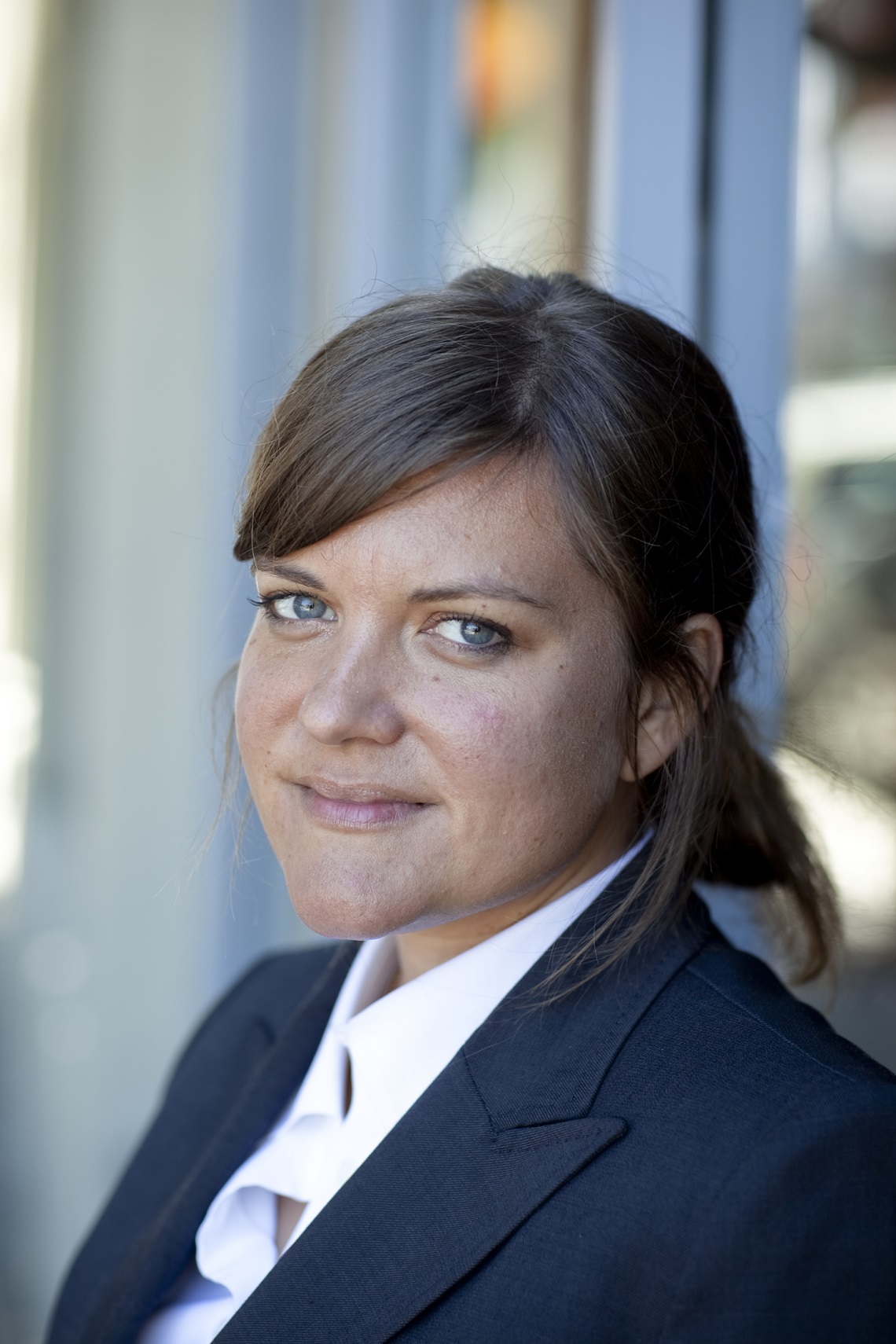Dynamic Silos
Remote work makes organizations more siloed, but that’s not necessarily a bad thing
Across the globe, the COVID-19 pandemic created an unplanned natural experiment in wide-scale remote work.
Awakened to the efficacy and economy of a distributed work force, many organizations plan to continue Zooming in—at least to some degree—permanently.
But remote operations have some unintended side effects. One of the biggest is that employees become more siloed, according to new research by Emily Cox Pahnke, an associate professor of management and organization and the Lawrence P. Hughes Endowed Professor of Innovation and Entrepreneurship at the University of Washington Foster School of Business.

Her team’s analysis of 360+ billion work emails sent in 2019 and 2020 reveals that employees tended to split into more isolated and well-defined communication networks during the emergency work-at-home orders that dominated most of 2020. These more modular networks became more dynamic, too, with less stability of membership.
But the study finds an upside to this phenomenon: more intensive internal communication within these increasingly disparate silos.
“The increased siloing we observe,” says Pahnke, “need not be feared.”
Mapping networks
A big data study of this magnitude required 55,000 computer hours and a sprawling team of researchers. Pahnke collaborated with network scholars, theoretical statisticians, and computer scientists at Harvard University, John Hopkins University and Microsoft.
Working with Microsoft data, the researchers analyzed more than 360 billion Outlook emails sent among 1.4 billion email accounts at 4,361 organizations in 2019, the year before the COVID-19 pandemic, and 2020, the year the pandemic spread across the globe. They also measured changes in communication within Microsoft, including shifts in employees’ scheduled meetings and Teams chats.
The researchers were not given access to the contents of these emails, meetings and chats, only their frequency rates within organizations and the communication patterns they revealed.
The data revealed a lot.
More modular thinking
As expected, an initial analysis charted a spike in global email volume after lockdowns and work-at-home orders were issued in early 2020.
Using models and network mapping to plot communication patterns within organizations, the researchers then discovered that employee networks became more modular—divided into disparate communities or well-defined siloes—during the pandemic within Microsoft and companies around the world.
They also found a spike in turnover within siloed communities after employees began working from home. These dynamics persisted over time, even as emergency orders requiring telework were lifted. At the same time, communication frequency within silos often intensified.
“Serendipitous, in-person interactions with those outside one’s community are not replaced by email,” Pahnke says. “Instead, employees might reduce communication with people outside their well-defined work groups once they no longer interact in person.
“But they may also intensify communication within their organizational silos.”
Foster Events
To keep up with the full calendar of Foster School events visit:foster.uw.edu/foster-alumniThe upside of silos
“Silo” can be a loaded term. Outside of the agricultural lexicon, it generally carries a negative connotation, suggestive of organizations hindered by myopic teams, turf wars and disjointed strategies.
And though this study indicates that organizations with teleworking employees may be more prone to stay in their silos, the intensity of interaction within those distinct communities may drive innovation and efficiency.
Besides, the silos that became more defined and distinct during the pandemic appear to be a new norm, especially as more and more daily communication takes place online rather than in person.
“Leaders of organizations embracing remote work,” Pahnke says, “need to understand the impact of such a change on employee communication.”
“Dynamic Silos: Increased Modularity in Intra-organizational Communication Networks during the COVID-19 Pandemic” is the work of Tiona Zuzul of HBS; Emily Cox Pahnke of the UW Foster School; Jonathan Larson, Patrick Bourke, Nicholas Caurvina and Christopher White of Microsoft Research; Neha Parikh Shah, Fereshteh Amini and Jeffrey Weston of Microsoft; and Youngser Park, Joshua Vogelstein and Carey E. Priebe of Johns Hopkins University.
